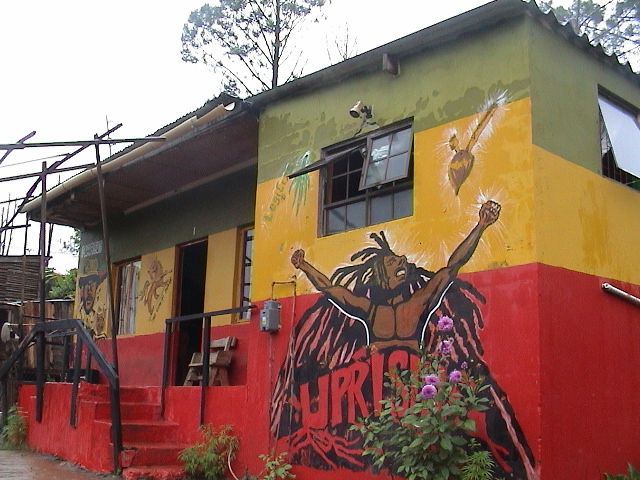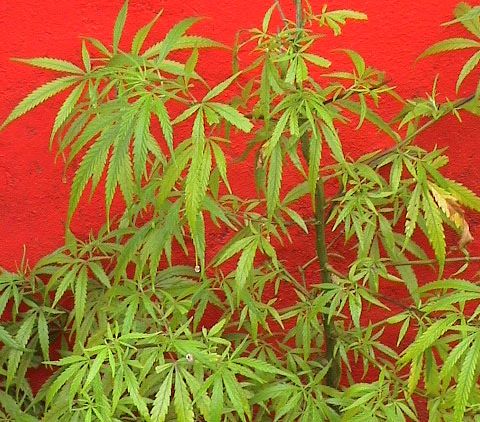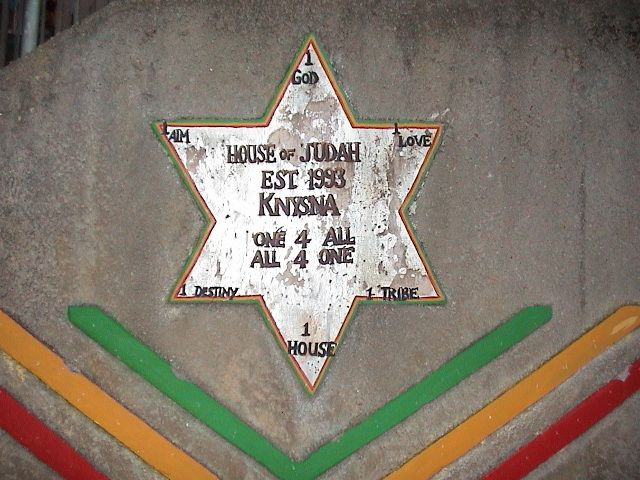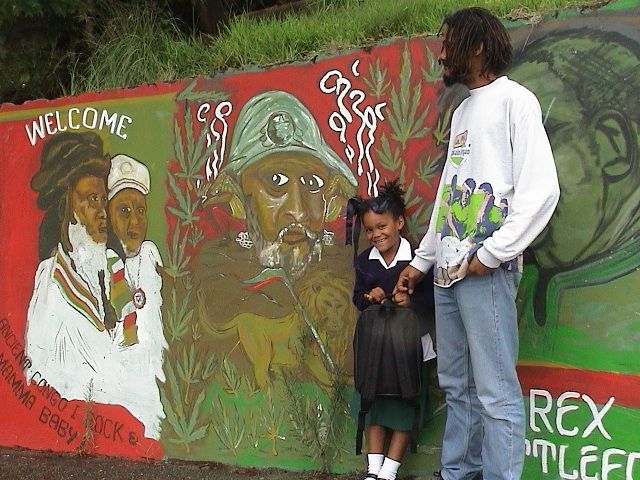The Rastafarian cultural community was started by offspring of the first people to inhabit the Southern tip of Africa. Due to the different dynamics in politics, economy, justice, humanity, environment and social spheres, the Founder members (some of the first Rastas in South Africa) set up the community as a medium to communicate the realities of what Rastafaria is all about and what they stand for. People have the opportunity to interact with the community members, find answers, as well as develop new questions. At the end of the experience, visitors can make up their own minds as to what it entails. Here one can meditate on the links between spirituality and biodiversity, and live the reality of community cohesion and strong social contribution.
In this community you’ll find yourself at the grass roots of the locals and a vibrant mixture of energies. Visit the music room with the musicians; visit the tabernacle during religious ceremonies. Spend a few hours, a day or stay overnight feeling the Rasta vibration. The Rasta community has a strong sense of community, a deep love of children and the deep personal conviction that the world can be a better place.
A visit to Judah will touch your soul:
- Haile Selassie – In 1930 in Ethiopia, Ras Tafari Makonnen was crowned King of Kings and Lord of Lords with the throne-name Haile Selassie the First. To Rastafarians, Selassie is much more than just a political leader; Rasta theology centeres on the divinity of Selassie as a living manifestation of Jah, the all-knowing and all-loving God.
- Dreadlocks – symbolise the mane of the lion of Judah, and are required in the bible: Leviticus, 21.5 “they shall not make baldness upon their head, neither shall they shave off the corner of their beard, not make any cuttings in the flesh”.
- Vegetarianism – Rastas prefer organic food. They don’t drink alcohol, milk, coffee and soft drinks, which are seen as unnatural. Meals are eaten in the rawest form possible, without salt, preservatives or condiments;
- Rasta Colours:
- Red – The blood of Africa’s children shed for Africa’s freedom, dignity and liberty;
- Yellow – The wealth and richness of Africa;
- Green – The luxuriance, fertility and greenness of Africa;
- Black – The colour of the noble, ancient and distinguished African people.
- Marijuana – Ganja (Marijuana) is considered the ‘wisdom weed’ by Rastafarians, as its use helps one to gain wisdom. Rastafarians use it as a part of a religious rite and as a means of getting closer to their inner spiritual self, Jah (God) and Creation. Ganja is also seen by Rastafarians as the herb of life mentioned in the Bible. Rastafarians use of ganja is justified by the following Psalms 104:14 that says, “He causeth the grass to grow for the cattle and herb for the service of man, that he may bring forth food out of the earth.” Rastafarians also say it was found growing at the grave of King Solomon in the Bible. True Rastafarians do not smoke cigarettes as it is seen as un-natural and dangerous to one’s health. Marijuana is not the only plant or herb used by Rastafarians. They use a wide variety of herbs and plants for medicinal and dietary purposes, however ganja is the most popular.
- ‘I and I’ – The expression “I and I” is frequently heard among Rasta talk. What it means is that no person is priviledged than another in the basic truth of life. All people are totally equal. This is why many times Rastas will opt to use “I and I” instead of “you and I” because they believe that all people are bound together by the one god, Jah.





